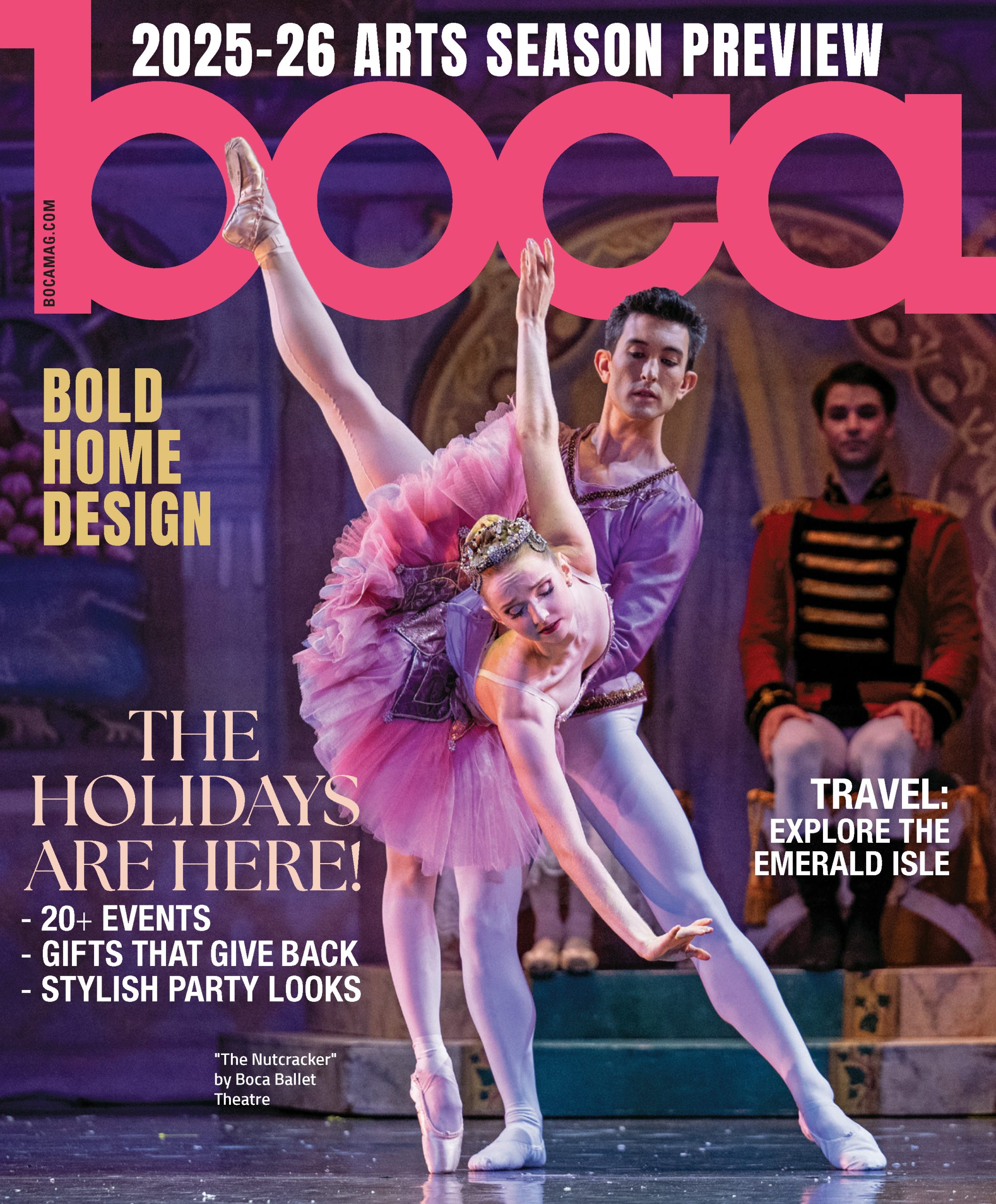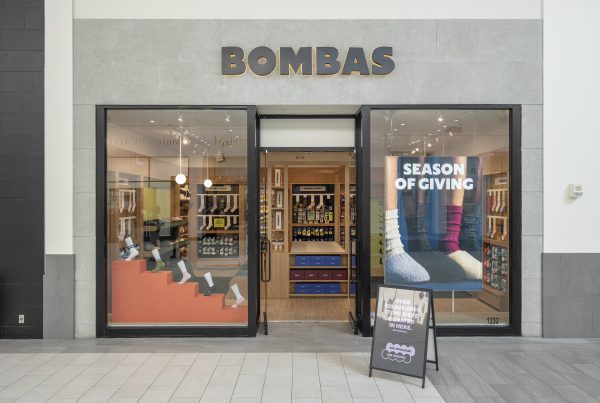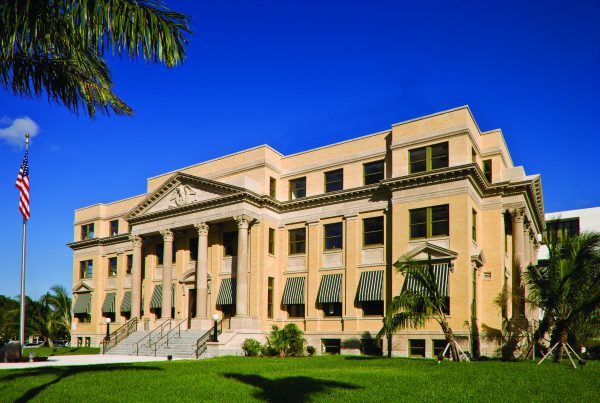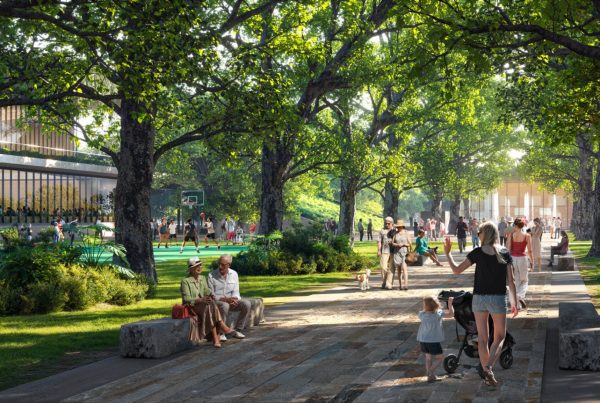The Chabad case
Thursday night surely must have been the first time that anyone speaking in Boca Raton City Hall had quoted George Washington’s letter to the Hebrew Congregation of Newport, Rhode Island.
Rabbi Ruvi New read portions of the 1790 letter on behalf of his Chabad East Boca congregation’s petition to build a synagogue, exhibit hall and social center at 770 E. Palmetto Park Road. The Newport congregation had written Washington to express support for his administration. Washington responded, in part, that the government should give “to bigotry no sanction, to persecution no assistance. . .”
That was the closest anyone came to raising anti-Semitism as Chabad East Boca had its do-over before the Planning and Zoning Board. Still, the inescapable issue is that a small group of Jewish people—a group that Boca Raton thwarted seven years ago when neighbors east of Mizner Park objected—seeks to build a house of worship on property where the city allows such a use and where city staff and now two reviews by an advisory board say the use is acceptable—including 10 feet of additional height for one building, known as a conditional use—but this time a new set of neighbors object.
The chabad had expected city council approval on April 14, after the Planning and Zoning Board’s March 19 recommendation for approval. But a neighbor raised a technical point, which caused a second staff review. As before, the staff recommended approval by the Planning and Zoning Board. At Thursday night’s meeting, after five hours, the board agreed. The hearing lasted about an hour longer than the March 19 hearing. The vote for approval was 5-1 on the site plan and the added height, which was better than the 4-2 vote in March for the added height. Board member Kerry Koen, who voted for the site plan two months ago, this time voted no on the plan and the height.
The city council chambers were full long before the 6:30 p.m. start of the hearing. The overflow went to the Community Center next door. Since the hearing was quasi-judicial and speakers testified under oath, Board Chairman William Fairman swore in the overflow via video.
As with any hearing that lasts five hours, most speakers were saying essentially the same thing after about one hour. Chabad congregants—they sported red, white and blue T-shirts saying “We The People” and “Support 770”; many wore yarmulkes—said they would respect those in the Riviera and Por La Mar neighborhoods closest to the site at 770 E. Palmetto Park Road. Rabbi New said he had contacted the neighbors in March to set up meetings or speak by phone. Those neighbors, though, argue that the project would clog their streets with traffic and be incompatible with Boca’s “seaside village,” the area between the Palmetto Park bridge and the beach.
Let’s take the traffic issue first.
Palmetto Park is a county road, which means county staff must review the project to see if it would meet traffic performance standards for the road. The county has decided that the chabad would. The project had to undergo review as a tourist attraction, because of the planned “My Israel” exhibit. Doug Hess, Boca Raton’s chief traffic engineer, said at Thursday’s hearing that a retail or office project—both of which are allowed on the property— would generate more traffic.
Chabad services, though, would draw people on Saturdays, when traffic on Palmetto Park picks up because of all the people going to the beach. Also, the exhibit hall would draw non-congregants, some of whom might come on buses.
So city staff’s recommendation for approval hinges on Chabad East Boca taking several measures to ease the traffic impact. The Planning & Zoning Board proposed and approved three others at the March 19 hearing. Another, which would limit the size of buses, was added Thursday night. The chabad would build an underground garage. Chabad East Boca is Orthodox, and some congregants will walk to services. The congregation couldn’t use multiple venues simultaneously and would have to limit attendance at High Holy Days services.
The neighbors are not persuaded, saying that traffic can back up now on Palmetto Park Road, causing delays for drivers trying to turn west and go over the bridge. The neighbors envision congregants and visitors eschewing a left turn out of the chabad and turning onto Southeast Olive Way to navigate west to Spanish Trail, then north to Boca Raton Road and then right on Northeast Olive Way so they could make a right turn on Palmetto Park to the bridge.
Board member Richard Coffin dismissed such a scenario by saying that such a roundabout trip covers half a mile. I made the trip, and he’s right. Coffin also was right to point out that the clearance on Spanish Trail under the bridge is a very low 7.5 feet.
The other issue is that extra 10 feet of height above the 30-foot limit.
Any such conditional use must meet several requirements in Section 28-102 of Boca Raton’s city code. The most pertinent is that the use is “compatible with present. . .development. . .in the area. . .”
One neighbor tried to be diplomatic by saying, in essence, that Rabbi New has a great “vision,” but that he should build it somewhere else. The rabbi would respond that he tried to do so, only to have the city block him over new rules on parking.
Let us assume that the most critical neighbors—those with the SaveBocaBeaches.com signs in their yards—would oppose any project, not just this particular house of worship. Let us assume that there is no “bigotry” or “persecution” at work. If so, they could be worried not just about Chabad East Boca but about Palmetto Promenade and a Houston’s restaurant that might open on the Wildflower property. Both sites are on the west side of the bridge, but both pose traffic issues; this summer a consultant will study the impact from a restaurant.
Even accounting for those concerns, however, the city council—which will decide on Chabad East Boca at its May 27 meeting—can’t reject a project that fulfills the law just because neighbors don’t want it. One board member asked how the city would enforce the conditions attached to approval. The answer: The same way the city enforces similar conditions for any other house of worship. (Italics mine.) The neighbors have brought considerable passion to this issue, and they may also bring a lawsuit. They have yet to bring a persuasive case.
Judging the Judge
The Florida Supreme Court just did something that is fairly rare but more than fairly good: it rejected a plea deal for a judge who broke the law.
On Nov. 5, 2013, Boca Raton police stopped Broward County Circuit Court Judge Cynthia Imperato after she had attended a social function for judges and lawyers. According to police, Imperato’s car had been swerving so badly that it nearly struck another vehicle. At a red light, Imperato stopped six lengths behind another car.
When the officer questioned her, Imperato first replied that she was a judge and refused to leave the car. She also refused a blood-alcohol test. Imperato was convicted of driving under the influence and of reckless driving. She got 20 days under house arrest, a year’s probation and $2,531 in fines and court costs.
Her case went to the Judicial Qualifications Commission, which investigates judges accused of illegal and/or unethical behavior. If a JQC-appointed lawyer finds probable cause, a hearing is supposed to follow. It’s basically a trial. If the judge is found guilty, a recommendation for reprimand, removal or some other sanction goes to the high court.
For nearly three decades, the commission has drawn criticism for seeking to cut deals with judges and avoid a full hearing. In the 1980s, the commission allowed a Palm Beach County judge with a drinking problem to hang on for 14 months so he could retire, though he was unfit to serve. Nothing became public until after the judge retired.
In lieu of a hearing on Imperato, the commission recommended that she receive a reprimand, a $5,000 fine, a 20-day unpaid suspension and an alcohol evaluation. According to the JQC report, Imperato has been in counseling for a year and has been alcohol-free. All this supposedly would be in “the best interest of justice and sound judicial administration.”
Actually, it would be in the best interest of Cynthia Imperato, who would keep her job without a public inquiry into what happened that night in Boca. The court disagreed. Unanimously. The justices kicked back the proposed settlement and ordered a hearing so that “in determining the appropriate sanction, (they) will be apprised of all the facts and circumstances bearing on the violation.” In other words: no secret deal for a judge.
Pining for the pines
What is it about Australian pines? Sure, it can eerily melodic when the wind curls through them, but the trees aren’t true pines. The state classifies them as weeds—noxious weeds, to boot—and as an invasive species, brought to Florida and planted as windbreaks. The irony is that Australian pines have such shallow root systems that they could turn into flying missiles during a storm.
Yet on tonight’s Boca Raton City Council agenda is yet another plea to keep some of these high-class weeds, despite the city’s longstanding program to remove them. The petition comes from Royal Palm Yacht and Country Club, which opposes the decision of the Development Services Department—which the Environmental Control Hearing Board affirmed—that the club take out the row of pines at its marina. The city won’t issue a permit for work on the marina if the non-pine pines stay.
The club makes five arguments for keeping the weeds, one being that they are “attractive and effective.” Not only does city staff swat those arguments away—pointing out, among other things, that the weeds are gone from Red Reef and Sugar Sand parks—the Environmental Control Hearing Board rejected the appeal of the staff decision, 4-0.
Boca has been here before on Australian pines. Then-Mayor Susan Whelchel intervened when neighbors protested the county’s plan to remove the weeds from South Inlet Park. And in the 1990s Gulf Stream famously got the Legislature to approve a special exemption for the Australian pines that form a canopy over A1A.
Of course, some year-round Floridians regard snowbirds as an invasive species. But they pay taxes, don’t ask as much in services, and usually are out of town during hurricane season.
••••••••
You can email Randy Schultz at randy@bocamag.com
For more City Watch blogs, click here.About the Author
Randy Schultz was born in Hartford, Conn., and graduated from the University of Tennessee in 1974. He has lived in South Florida since then, and in Boca Raton since 1985. Schultz spent nearly 40 years in daily journalism at the Miami Herald and Palm Beach Post, most recently as editorial page editor at the Post. His wife, Shelley, is director of The Learning Network at Pine Crest School. His son, an attorney, and daughter-in-law and three grandchildren also live in Boca Raton. His daughter is a veterinarian who lives in Baltimore.








